Ginger Rogers was born Virginia Katherine McMath in Independence, Missouri on July 16, 1911. During her long career, she made a total of 73 films, and is noted for her role as Fred Astaire's romantic interest and dancing partner, in a series of ten Hollywood musical films that revolutionized the genre. She also achieved great success in a variety of film roles, and won the Academy Award for Best Actress for her performance in Kitty Foyle (1940). She ranks #14 on the AFI's 100 Years…100 Stars list of actress screen legends.
The Ginger/Fred years:
Rogers was most famous for her partnership with Fred Astaire. Together, from 1933 to 1939, they made nine musical films at RKO: Flying Down to Rio (1933), The Gay Divorcee (1934), Roberta (1935), Top Hat (1935), Follow the Fleet (1936), Swing Time (1936), Shall We Dance (1937), Carefree (1938), and The Story of Vernon and Irene Castle (1939) (The Barkleys of Broadway (1949) was produced later at MGM). They revolutionized the Hollywood musical, introducing dance routines of unprecedented elegance and virtuosity, set to songs specially composed for them by the greatest popular song composers of the day.
Arlene Croce, Hannah Hyam and John Mueller all consider Rogers to have been Astaire's finest dance partner, principally due to her ability to combine dancing skills, natural beauty and exceptional abilities as a dramatic actress and comedienne, thus truly complementing Astaire: a peerless dancer who sometimes struggled as an actor and was not considered classically handsome. The resulting song and dance partnership enjoyed a unique credibility in the eyes of audiences. Of the 33 partnered dances she performed with Astaire, Croce and Mueller have highlighted the infectious spontaneity of her performances in the comic numbers "I'll Be Hard to Handle" from Roberta (1935), "I'm Putting all My Eggs in One Basket" from Follow the Fleet (1936) and "Pick Yourself Up" from Swing Time (1936). They also point to the use Astaire made of her remarkably flexible back in classic romantic dances such as "Smoke Gets in Your Eyes" from Roberta (1935), "Cheek to Cheek" from Top Hat (1935) and "Let's Face the Music and Dance" from Follow the Fleet (1936). For special praise, they have singled out her performance in the "Waltz in Swing Time" from Swing Time (1936), which is generally considered to be the most virtuosic partnered routine ever committed to film by Astaire. She generally avoided solo dance performances: Astaire always included at least one virtuoso solo routine in each film, while Rogers performed only one: "Let Yourself Go" from Follow the Fleet (1936).
Ginger with Fred Astaire in the film Roberta (1935).Although the dance routines were choreographed by Astaire and his collaborator Hermes Pan, both have acknowledged Rogers' input and have also testified to her consummate professionalism, even during periods of intense strain, as she tried to juggle her many other contractual film commitments with the punishing rehearsal schedules of Astaire, who made at most two films in any one year. In 1986, shortly before his death, Astaire remarked, "All the girls I ever danced with thought they couldn't do it, but of course they could. So they always cried. All except Ginger. No no, Ginger never cried". John Mueller summed up Rogers' abilities as follows: "Rogers was outstanding among Astaire's partners not because she was superior to others as a dancer but because, as a skilled, intuitive actress, she was cagey enough to realize that acting did not stop when dancing began...the reason so many women have fantasized about dancing with Fred Astaire is that Ginger Rogers conveyed the impression that dancing with him is the most thrilling experience imaginable". According to Astaire, when they were first teamed together in "Flying Down to Rio", "Ginger had never danced with a partner before. She faked it an awful lot. She couldn't tap and she couldn't do this and that ... but Ginger had style and talent and improved as she went along. She got so that after a while everyone else who danced with me looked wrong." Astaire also had this to say to Raymond Rohauer, curator at the New York Gallery of Modern Art, "Ginger was brilliantly effective. She made everything work for her. Actually she made things very fine for both of us and she deserves most of the credit for our success."
Rogers also introduced some celebrated numbers from the Great American Songbook, songs such as Harry Warren and Al Dubin's "The Gold Diggers' Song (We're in the Money)" from Gold Diggers of 1933 (1933), "Music Makes Me" from Flying Down to Rio (1933), "The Continental" from The Gay Divorcee (1934), Irving Berlin's "Let Yourself Go" from Follow the Fleet (1936) and the Gershwins' "Embraceable You" from Girl Crazy and "They All Laughed (at Christopher Columbus)" from Shall We Dance (1937). Furthermore, in song duets with Astaire, she co-introduced Berlin's "I'm Putting all My Eggs in One Basket" from Follow the Fleet (1936), Jerome Kern and Dorothy Fields's "Pick Yourself Up" and "A Fine Romance" from Swing Time (1936) and the Gershwins' "Let's Call the Whole Thing Off" from Shall We Dance (1937).





















































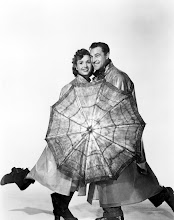_02.jpg)
_01.jpg)












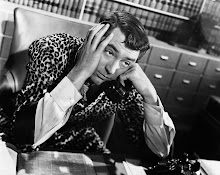_01.jpg)


.jpg)
































_03.jpg)


















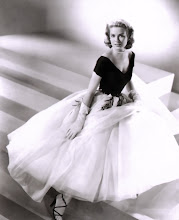_04.jpg)



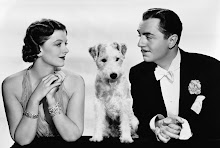_01.jpg)



_01.jpg)
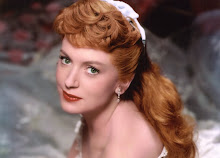_01.jpg)
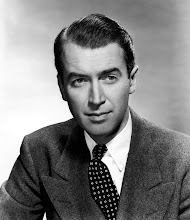_01.jpg)



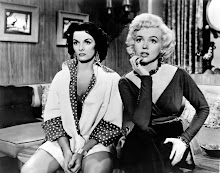_06.jpg)

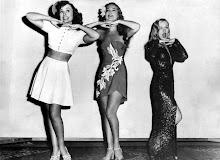_01.jpg)

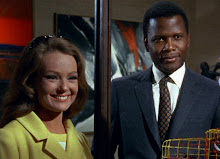_NRFPT_02.jpg)
_01.jpg)





2 comments:
Fred Astaire was always very generous with his praise and usually was very self-effacing about his contributions. Ginger Rogers was the exact opposite. You make your own conclusions.
Wonderful post, Monty! Rogers, is one of my favorite Astaire, dance partners.
Post a Comment